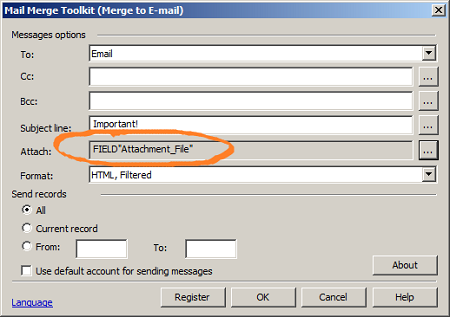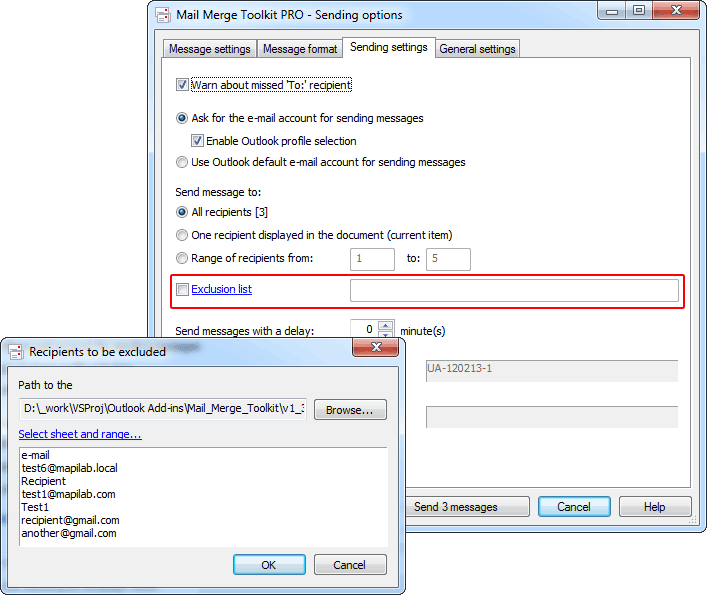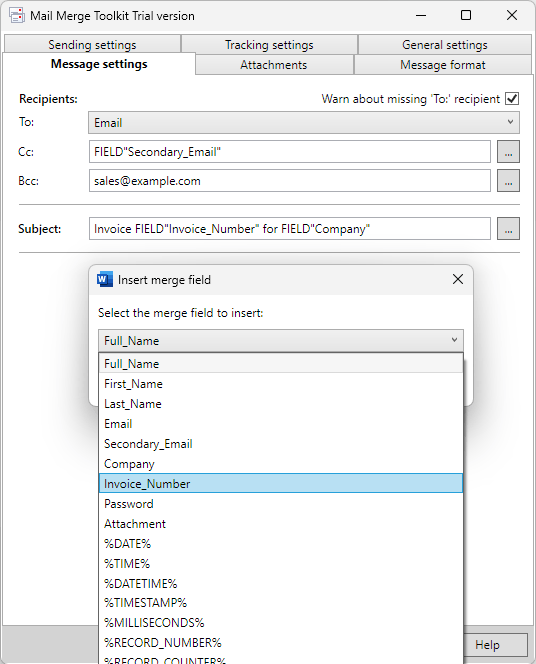



For example, open your data source in Excel, and then save it as an Excel 97-2003 Workbook (*.XLS) or CSV Comma Delimited (*.CSV) file. If another user tries to open a Word file that uses the same data source simultaneously, only read-only permissions can be granted, and therefore the request fails. xlsx file in a shared folder and use it as data source in a Word mail merge, Word opens the. In this scenario, you receive the following error message:Įrror has occurred: External table is not in the expected format. The data for this document is a Microsoft Excel worksheet (*.xlsx) that's stored in shared folder.You try to open a mail-merged document in Microsoft Word 2010, Word 2013, or Word 2016.I would like to split the document into separate records and give each file the name of 2 merged fields (first name and surname). The merged document contains 16 records with 6 pages per record. I am using an excel spreadsheet as a data source for a mail merge document (MS Word 2010). Note The options on the Mail Merge toolbar offer similar functions as the earlier versions of Word. In Word 2007 or Word 2010, the mail merge toolbar is in the Mailings tab, and includes the Start Mail Merge group, the Write and Insert Fields group, the Preview Results group and the Finish group. For more information about this change, read this blog post. Split a Merged Document & Name Each File. on the View menu, and then click Mail Merge to display the Mail Merge toolbar. The Mail Merge problem is the interaction between Word 2013 when preparing the Mail Merge, and Outlook 2013 as the sending mechanism.ġ.) On a Windows 10 desktop computer, with latest Office 2013 Service Pack:įrom Word - > Outlook : Mail Merge using HTML will not interact with Outlook at all, whatsoever.įrom Word - > Outlook: Mail Merge using Plain Text works right away, and sends to all recipients as needed, as can be seen in the Outlook Outbox.Ģ.) On another Windows 10 desktop computer with older Office 2013 Service Pack, problem does not exist.ģ.) FYI: We had the client test on a Windows 7 laptop using Office 2013, and everything worked fine.įinally, more of their Win10 users are losing Office 2013 Mail Merge functionality.Office 365 ProPlus is being renamed to Microsoft 365 Apps for enterprise. They insist on using Office 2013 and they're now having a Mail Merge problem that is slowly spreading through their office, presumably due to updates (what's more, they have Constant Contact but insist on using Mail Merge). We have a client who, firstly, hasn't done their O365 migration. This is our first post on the new Partner Community! We're kicking off this test post with merely a simple question about Microsoft Office.


 0 kommentar(er)
0 kommentar(er)
